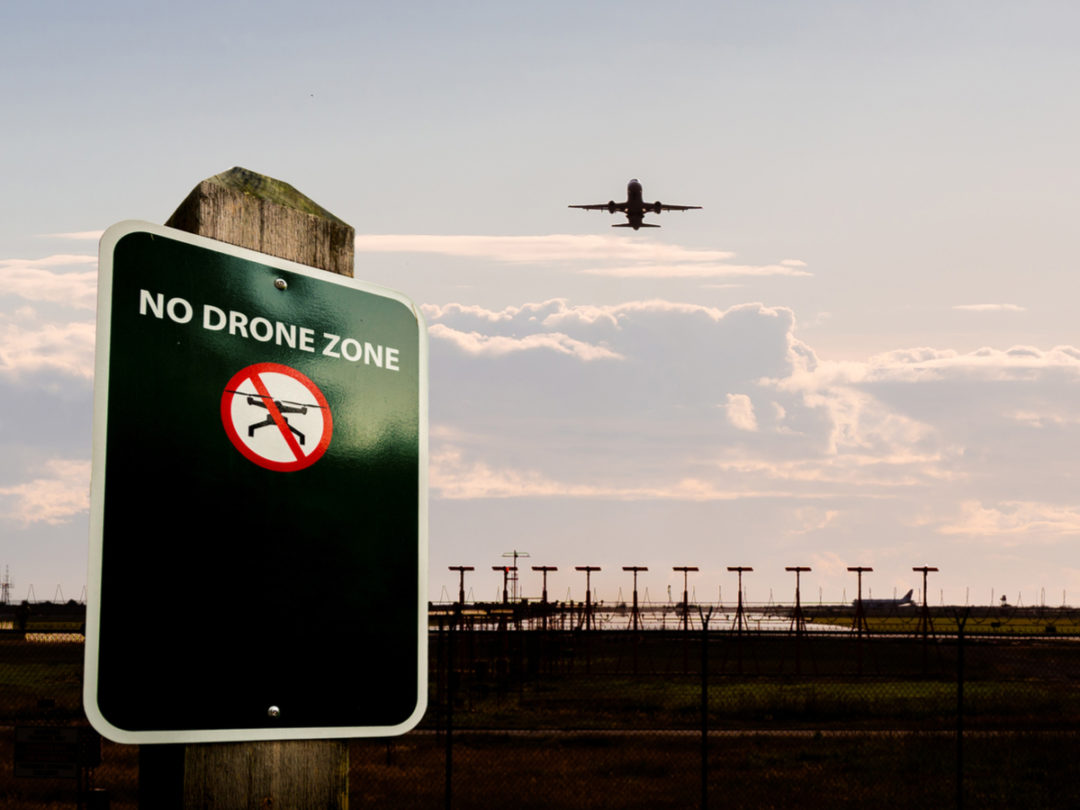
Visit Our Sponsors |
|
|
|
|
|
|
|
|
|
|
|
|
|
|
|
|
|
|
|
|
|
|
|
|
|
|
|
|
|
|
|
|
|
|
|
|
|
|
|
|
|
|
|
|
|
|
|
|
|
|
|
|
|
|
|
|
|
|
|
|
|
|
|
|
|
|

New transportation technologies tend to bring fatalities; it’s mostly a question of what we’re willing to put up with. For every ban on hoverboards, there’s a tacit acceptance that fatalities from self-driving cars are just something we’re going to have to get used to.
We’ve been living with rising road deaths — which were around 40,000 in the U.S. in 2018, according to the National Safety Council — since the first 26 were recorded in 1899. The inescapable conclusion is we “need” our cars more than self-powered skateboards. And self-driving cars and trucks offer solutions to all sorts of problems, including drinking and driving, the truck driver shortage and hours-of-service restrictions.
But what about drones? Are they such an attractive proposition, in terms of commerce and convenience, that we’re willing to put up with the inevitable mayhem a rapid escalation in numbers is likely to bring? They certainly seem to make air traffic authorities nervous, as a mere sighting near an airport immediately causes complete closure of operations. (The latest such fiasco happened in Madrid just last week.) You can hardly be surprised; check out this video of what a tiny drone can do to a commercial airliner.
Drones have been making all sort of serious trouble since they first started buzzing in the sky, not only causing hundreds of cancelled flights, but crashing into buildings, planes and people, and even causing a three-hour power blackout in California. And this is all before they’ve become a common part of our lives, as Amazon and others clearly intend them to be.
Useful, for sure, they are, whether in taking out terrorists, delivering medicine to remote locations or exposing human rights violations. But they can also be used to drop contraband into prison yards, cause unauthorized civilian casualties and — this is hardly a surprise — engage in all manner of dodgy spying activities. This law firm concludes that drone deliveries are not going to be an everyday reality anytime soon, in part for legal and legislative reasons. Others cite package theft, weather and the temptation to use them for target practise (even though, bizarrely, this is a federal crime). Forbes argues they’re unlikely to meet the perfectly reasonable airworthiness standards required in dense urban areas, where, of course, drone deliveries would be most popular.
The trouble with drones is that they sound like a fantastic idea in individual case scenarios. Another way of saying it is that they work brilliantly in situations of isolation, such as unpaved areas of Rwanda, where there’s little chance of a drone encountering anything else in the sky. People like to remember with a chuckle how TV shows in the 1950s showed us a future full of flying cars that never materialized. But there ARE flying cars. They’re called helicopters. Not only are they very expensive, they’re tightly regulated for the very good reason that you’re 63 times more likely to die in a helicopter than in the hands of an airline. There are less than 10,000 commercial helicopters in the U.S., compared to 272.48 million cars. Imagine how much more dangerous helicopters would be if they were even a tenth as multitudinous as cars!
The aerospace division at NASA says our current air traffic control system is not equipped to handle the volume or variety of aircraft predicted for 2035 and beyond. Drones that crash into structures or one another kill people on the ground. Skies twittering with drones would be just another, completely unnecessary, way of recreating the nightmare of accidents on our roads, and worse.
The question boils down to this: Do you really need your office supplies dropped in by drone? Are you so desperate for pizza you can’t wait for it to be delivered by road? Despite repeated cheerleading from the media, the notable silence on the Amazon Prime Air Delivery project since its splashy launch in 2016 suggests that these fundamental barriers might be insurmountable. I’m going to stick my neck out and predict that our grandchildren will be chuckling their heads off 50 years from now about the time when we thought we were going to have all our stuff delivered by drone.
Helen Atkinson is a contributing writer to SupplyChainBrain.
RELATED CONTENT
RELATED VIDEOS
Timely, incisive articles delivered directly to your inbox.






